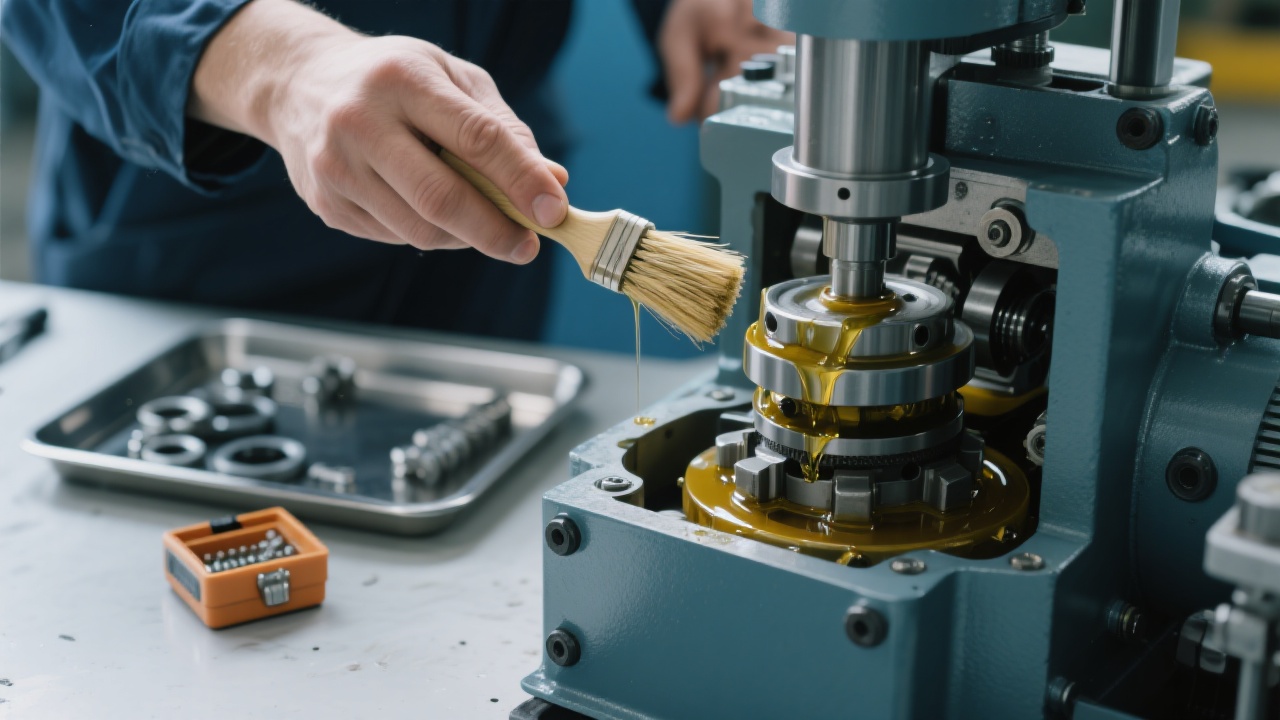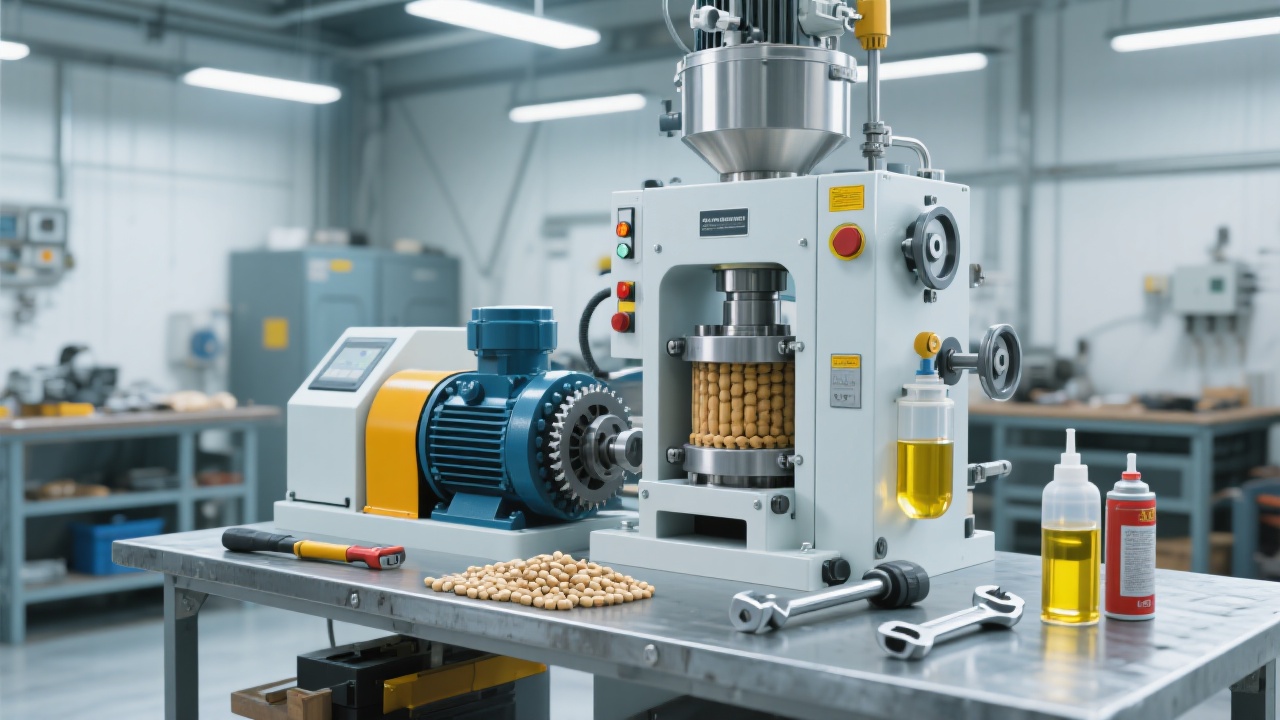Cold Press vs Hot Press Soybean Oil Expeller: Comparative Analysis and Export Market Advantages
2025-11-04
Industry Research
This article provides a comprehensive technical comparison between cold press and hot press soybean oil expellers, analyzing their working principles, operational processes, and key performance metrics such as oil yield, oil quality, and protein retention. It explores how each method suits different processing needs—ideal for small to medium-scale oil mills and agricultural cooperatives seeking optimized production efficiency. Real-world case studies and industry data highlight the impact of pressing temperature on final product value. The export market advantages—including equipment reliability, compliance with international standards, and growing global demand for high-quality vegetable oils—are also discussed. Practical insights and visual aids support informed decision-making for producers aiming to enhance competitiveness in global markets. Learn more about technical details here.

Cold Press vs. Hot Press Soybean Oil Expeller: A Technical Comparison for Global Buyers
When it comes to soybean oil extraction, choosing between cold press and hot press technology isn't just a technical decision—it’s a strategic one that impacts your product quality, production cost, and market positioning. For small-to-mid-sized oil mills and agricultural cooperatives looking to expand into international markets, understanding these two methods is essential.
How Each Method Works: From Pre-Treatment to Extraction
Both cold and hot press systems start with the same pre-treatment steps: cleaning, dehulling, and flaking. However, the critical divergence happens at the pressing stage:
- Cold Press: Operates below 60°C (140°F), preserving natural enzymes, proteins, and antioxidants in both oil and cake.
- Hot Press: Typically runs between 70–90°C (158–194°F), increasing oil yield by breaking down cell walls but reducing nutritional value of the meal.
| Parameter |
Cold Press |
Hot Press |
| Oil Yield (%) |
28–32% |
34–38% |
| Protein Retention in Cake (%) |
≥ 48% |
≤ 42% |
| Oxidative Stability (Rancimat, min) |
120–150 |
80–100 |
Real-world data from a pilot project in Vietnam shows that cold-pressed soy oil achieved higher premiums in EU organic markets due to its superior oxidative stability and clean label appeal—despite a slightly lower yield. Meanwhile, hot-pressed oil remains dominant in bulk commodity trading, especially in Middle Eastern and Southeast Asian markets where cost efficiency drives purchasing decisions.
Why Exporters Should Care About This Choice
For manufacturers targeting global B2B buyers—from food processors in Germany to feed producers in Saudi Arabia—the choice between cold and hot press directly affects:
- Market Access: Cold-pressed oil meets stricter EU and US FDA standards for "natural" and "non-GMO" claims.
- Value-Added Opportunities: Higher protein content in cold-pressed cake makes it ideal for animal feed or plant-based protein supplements—a growing niche in North America and Europe.
- Operational Flexibility: Modern compact cold presses can be integrated into modular processing lines, making them suitable for emerging markets with limited infrastructure.
Whether you're sourcing equipment for an existing facility or planning a new installation, aligning your press type with your target market’s expectations will pay off in long-term profitability—not just short-term output.
Ready to explore how our engineered soybean oil expellers support both high-efficiency hot pressing and premium cold pressing? Discover the full technical specs & customization options here.




